Garmin Forerunner 255 vs. 245: Should you upgrade?
The Forerunner 255 has plenty of tempting upgrades that succeed where the 245 fell short of greatness.
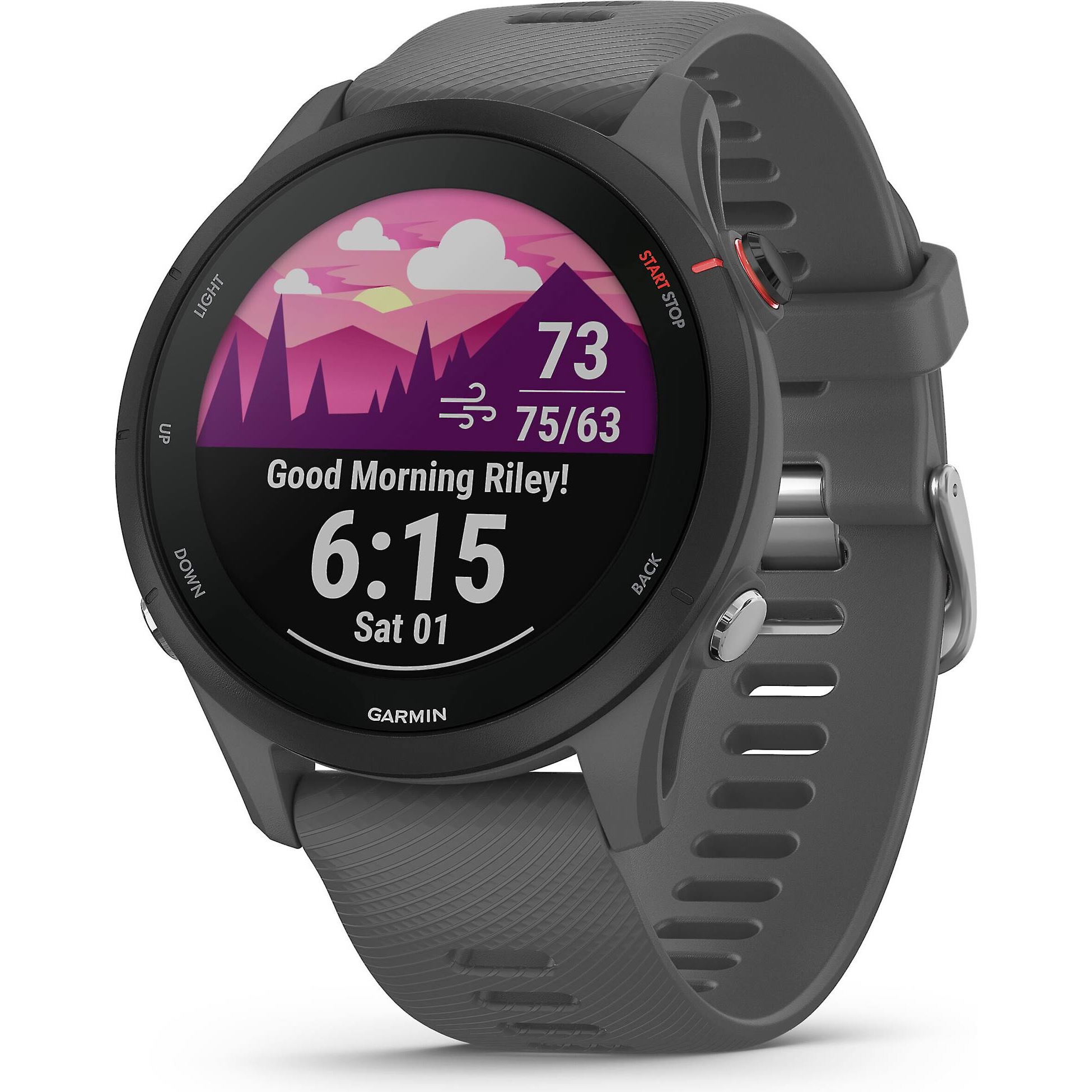
Sprinting into the future
Garmin made significant changes for such a small change in number, ballooning the battery life and adding the sorely missed altimeter and multi-frequency positioning for better tracking of both distance and effort. Better health tracking, coupled with small touches like a Morning Report and NFC, make this an excellent upgrade — especially the more petite Forerunner 255S.
For
- Doubles the battery life
- Adds altimeter and tap-to-pay
- Multiple size options
- More reliable stress/recovery data with HRV
- More accurate GPS tracking
- New useful widgets
Against
- More expensive
- Standard model is significantly heavier
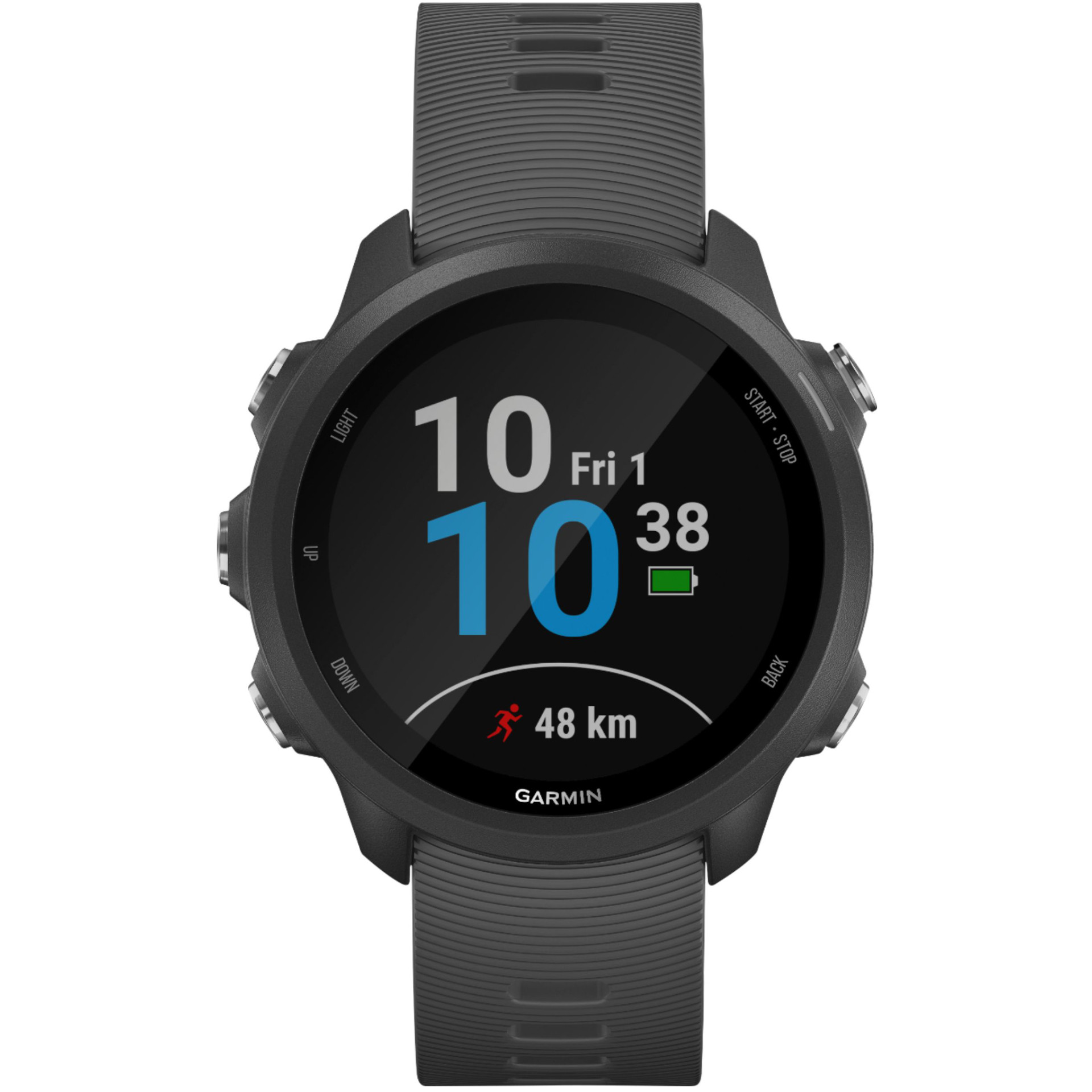
A marathoner, holding steady
For years, the Garmin Forerunner 245 was the best running watch available, tracking a metric ton of data and hitting a size sweet spot. It can no longer claim that title, but anyone who still owns the watch may be tempted to hold onto it, simply because it holds its own better than a 2019 fitness watch has any right to.
For
- More affordable
- Nearly all the same tracked running metrics
- Reliable 24-hour GPS tracking per charge
- Same display quality
Against
- Much shorter battery life overall
- No altimeter, native running power
- No Garmin Pay
- Fewer sport profiles and widgets
Most people will trade up to a new fitness device every few years, but Garmin watches are too pricey and high-quality to chuck away willy-nilly. The 2019 Garmin Forerunner 245 remains an excellent device for runners years after launch.
While the 2022 Forerunner 255 has surpassed it in many ways, are the differences enough to justify another expensive purchase? Or is the Forerunner 245 still worth buying if you find it at a discount? Whatever your question, we have the answer.
Garmin Forerunner 255 vs. 245: Design and battery life
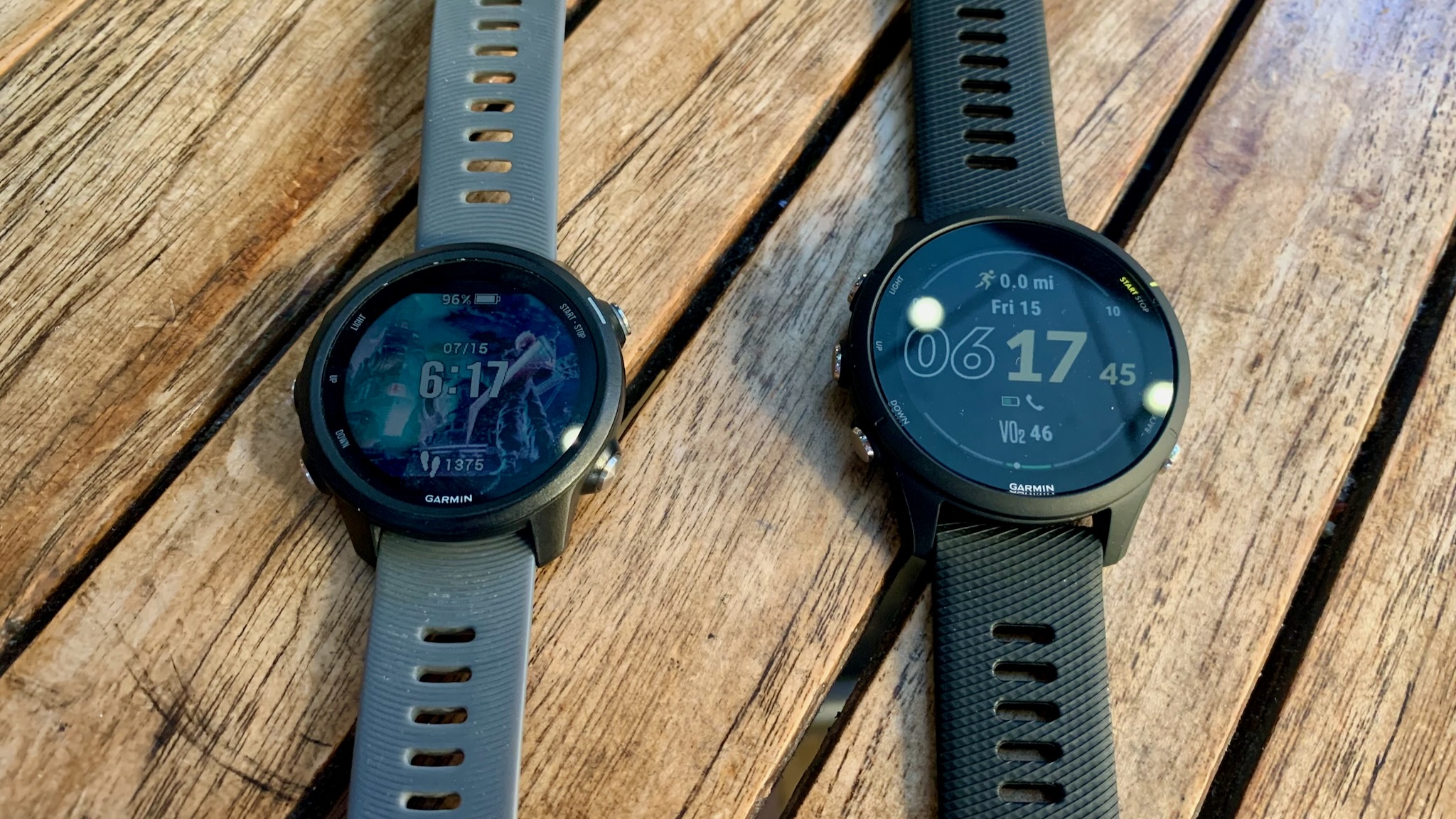
To start this Garmin Forerunner 255 vs. 245 breakdown, you have to focus on the design. Most Forerunner devices look very similar, built with plastic material, with a large, flat, circular case adorned with buttons sitting squat on your wrist. But the 1.2-inch Forerunner 245, which has a smaller battery and fewer sensors than the 255, is both thinner and lighter than its replacement.
The Garmin Forerunner 255 comes in two sizes, and as our review notes, the larger model feels decently heavy on your wrist and is thick enough that it "occasionally catch onto furniture or doorways." But the weight is due in part to the pleasantly broad 1.3-inch display; you can downgrade to the 1.1-inch Forerunner 255S — which costs the same — if you want the same weight as your current 245 while also accessing the newer features.
All three watches have non-touch memory-in-pixel (MIP) displays that are readable in direct sunlight, but look a bit dim indoors. They rely on 5-button navigation, which many runners prefer to a sweaty touchscreen for simple UI; if that's an issue, you'll need to upgrade to the Forerunner 945 or 955 instead. And both watches have the same 5ATM water resistance and reliable Gorilla Glass 3 scratch protection.
| Category | Garmin Forerunner 245 | Garmin Forerunner 255 | Garmin Forerunner 255S |
|---|---|---|---|
| Display | 1.2-inch (240x240) MIP | 1.3-inch (260x260) MIP | 1.1-inch (218x218) MIP |
| Dimensions | 42.3 x 42.3 x 12.2mm; Fits wrists with a circumference of 127-204 mm | 45.6 x 45.6 x 12.9mm; Fits wrists with a circumference of 130-205 mm | 41 x 41 x 12.4mm; Fits wrists with a circumference of 110-175 mm |
| Weight | 38.5 grams | 49 grams | 39 grams |
| Band size | 20mm | 22mm | 18mm |
| Battery life (smartwatch) | Up to 7 days | Up to 14 days | Up to 12 days |
| Battery life (GPS-only) | Up to 24 hours | Up to 30 hours | Up to 26 hours |
| Battery life (All GNSS Systems) | ❌ | Up to 25 hours | Up to 20 hours |
| Battery life (Multi-Band) | ❌ | Up to 16 hours | Up to 13 hours |
Perhaps the most important upgrade the Forerunner 255 offers is its battery life, which doubles its predecessor's one-week average. Even the smaller Forerunner 255S beats the larger 245 by five days for standard use. If your 245 battery has lost some of its maximum capacity over time, the newer 255 model will give you a lot more leeway between charges.
In practice, our review period revealed the Forerunner 255 lives up to its 14-day smartwatch estimate, while a typical hour-long All-Systems GPS workout would typically use about 3-5% of battery, which slightly underperforms Garmin's estimates but not by much.
For comparison, the Forerunner 245 could theoretically tackle close to the same amount of GPS-tracked time, but would eventually burn through its battery through standard heart rate tracking.
Garmin Forerunner 255 vs. 245: All the major feature upgrades
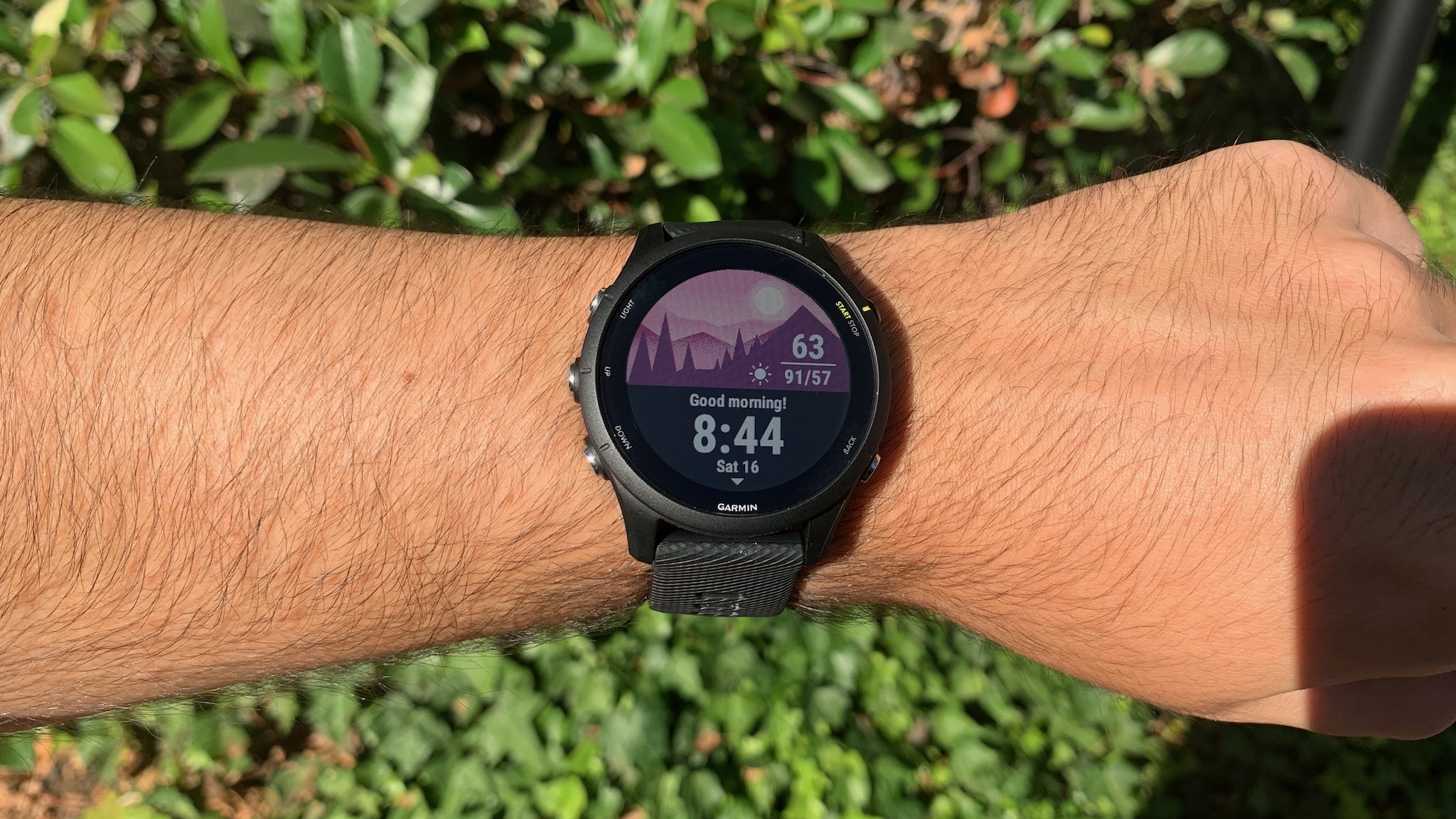
The biggest change for the Garmin Forerunner 255, already mentioned above, is that it can track activities across multiple global navigation satellite systems (GNSS) at once, as well as across both L1 and L5 satellite frequencies at once (Multi-band). Both ensure that your watch is more likely to nail your exact location with a smaller margin of error, reducing issues from reflected signals coming from buildings or foliage.
While the Forerunner 245 has reliable GPS-only tracking that does well enough for most people, the 255 did avoid the tracking errors we've seen on similar devices in the past. Whether you need that kind of exacting accuracy will depend on how seriously you take your running metrics; more casual runners will like this tool but not necessarily need it.
| Category | Garmin Forerunner 245 | Garmin Forerunner 255 |
|---|---|---|
| Bezel material | Fiber-reinforced polymer | Fiber-reinforced polymer |
| Protection | 5ATM / Gorilla Glass 3 | 5ATM / Gorilla Glass 3 |
| Tracking | GPS/GLONASS/GALILEO, accelerometer, compass | GPS/GLONASS/GALILEO, accelerometer, barometric altimeter, compass, gyroscope |
| Multi-band/ all-systems tracking | ❌ | ✔️ |
| Sensors | Garmin Elevate v3 HRM, Pulse Ox | Garmin Elevate v4 HRM, Pulse Ox, thermometer |
| Garmin Pay | ❌ | ✔️ |
| Music storage | ✔️ (with $50 surcharge) | ✔️ (with $50 surcharge) |
Something objectively more useful is the inclusion of an altimeter, arguably the biggest flaw of the Forerunner 245. It ensures that your effort on hilly routes or at high altitudes is properly calculated. It also adds a gyroscope, which tracks the watch's movement more accurately for specific sports modes like swimming and gym workouts.
On the subject of altitude, the Forerunner 255 has an always-on SpO2 option to measure your oxygen levels while you acclimate to a new elevation before a race, something serious racers prepping for races like Pike's Peak will need. On the flip side, the Forerunner 245's SpO2 sensor can only spot-check or run overnight during sleep tracking, making it less useful.
Because the newer Forerunner 255 jumps from the Elevate v3 to the Elevate v4 heart rate monitor (HRM), it can also detect heart rate variance now — a metric used to determine a runner's stress both in and out of workouts. The Forerunner 255 can even measure respiration rate and body temperature — something the Forerunner 245 can only do with a Garmin accessory — and take a two-minute Health Snapshot.
The Garmin Forerunner 255 also has the ability to measure and display "native running power" if you pair your watch with a Garmin Running Dynamics Pod; the 245 also works with it, but you can only see the results in the mobile app, not on the watch itself.
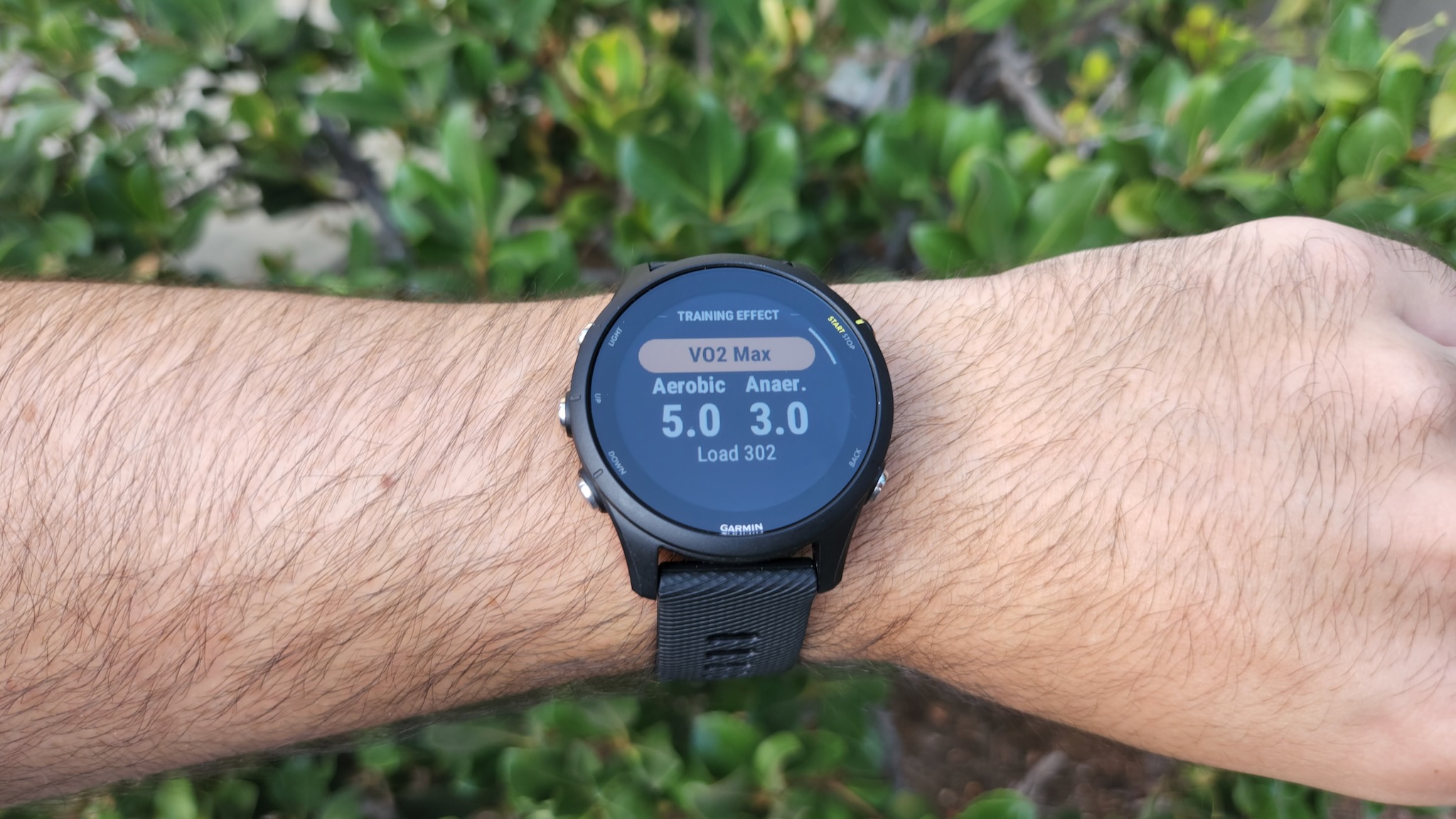
Diving into the nitty-gritty details, the Forerunner 255 has several exclusive sports profiles the Forerunner 245 lacks: Ultra Running, Floor Climbing, Pilates, Mountain Biking, eBiking, Open Water Swimming, Hiking, Skiing, Snowboarding, XC Classic Skiing, Stand Up Paddleboarding, and Rowing. It also has better multisport support for triathletes. But for the core sports, the Forerunner 245 will have you covered.
In terms of widgets, the Forerunner 255 has two fun additions: Morning Report and Race Widget. Every morning, you'll awaken to whatever metrics and data you want to see to prepare you for the day. Your options include your sleep score, HRV status, local weather, shared calendar events, scheduled workout for the day, Body Battery score, weekly intensity minutes, and daily steps goal.
If you add a race to your Garmin calendar, you can check how many days are left until your next race, the projected race conditions, and your expected pace based on current fitness levels. Even better, Garmin will take that into account when it recommends a daily workout, so you don't over-train before the big event.
Lastly, if you want to leave your credit card at home and have the option to tap to pay for some electrolytes after a tough training session, you'll want to choose the Forerunner 255 with its NFC support.
Garmin Forerunner 255 vs. 245: Should you upgrade?
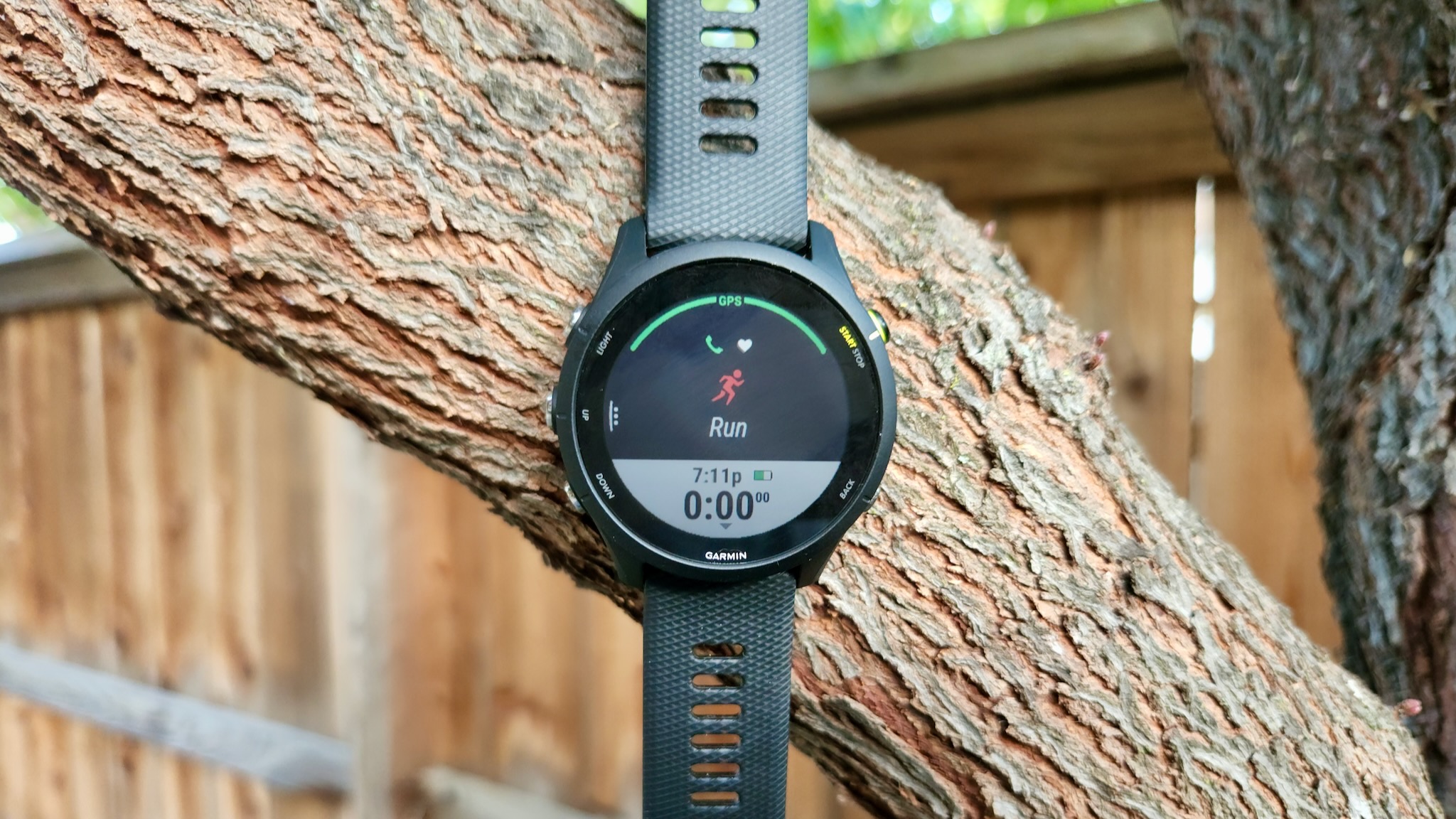
If you somehow haven't guessed from the laundry list of improvements, the Garmin Forerunner 255 is the superior running watch by far over the Garmin Forerunner 245, both objectively (based on specs) and subjectively (based on our weeks reviewing the watch).
Yes, the base Forerunner 255 may be too large and thick for some, but you can always pick the 255S if that's a concern, and we'd argue the extra weight is justified by the ways Garmin modernized its features where the 245 had fallen behind.
So even if you find the Garmin Forerunner 245 at a major discount, I'd still suggest future-proofing your purchase and paying full price for the newer model. But for those that already own the 245, it may be a tougher question whether you should upgrade.
Assuming you have the money for a new Garmin watch, the Forerunner 255 is hard to beat. It has premium tools at a mid-range (for Garmin) price, excellent battery life, versatile size options, more accurate health and tracking data, and better widgets for packaging that data. We think this all adds up to justify the upgrade.
Still, the Forerunner 245 has most of the essential runner's tools that remain just as relevant today: suggested workouts, VO2 Max, training effect/load and recovery time, intensity minutes, Body Battery, and Garmin Coach. If you can make do with those, you might be able to put off buying the Forerunner 255 until you spot it on sale. But we wouldn't wait another three years for the Forerunner 265 to show up, either.

A major step forward
The Garmin Forerunner 255 takes the reliable template of the 245 and addresses its main flaws. It makes the battery life much more respectable, adds more accurate sensors for better health and GPS data, enables tap-to-pay, and gives you multiple display/band options for different wrist sizes, so no runner is left out.

Not out of the race yet
While we think you should upgrade, the Garmin Forerunner 255 vs. 245 battle is much closer than you'd think if you only care about essential features like workout suggestions and standard health/GPS tracking. If you're willing to choose the budget option, this should still guide you to your next race PR.
Be an expert in 5 minutes
Get the latest news from Android Central, your trusted companion in the world of Android

Michael is Android Central's resident expert on wearables and fitness. Before joining Android Central, he freelanced for years at Techradar, Wareable, Windows Central, and Digital Trends. Channeling his love of running, he established himself as an expert on fitness watches, testing and reviewing models from Garmin, Fitbit, Samsung, Apple, COROS, Polar, Amazfit, Suunto, and more.
